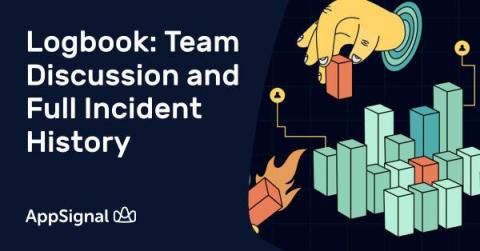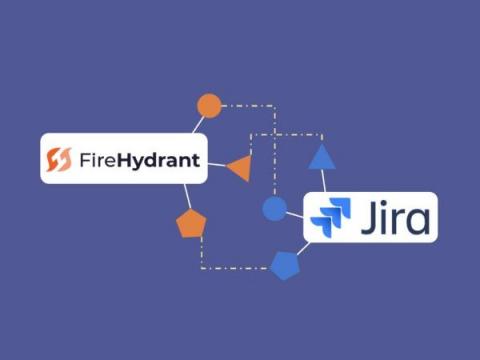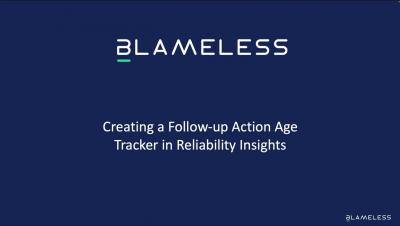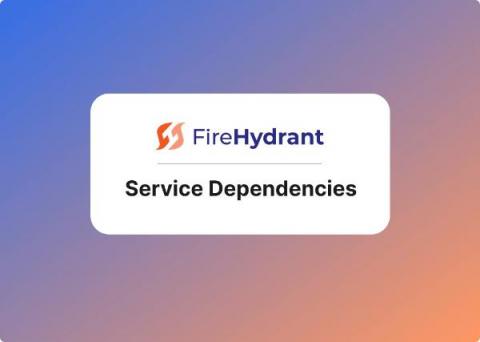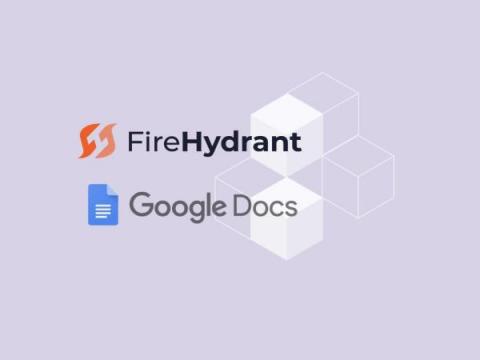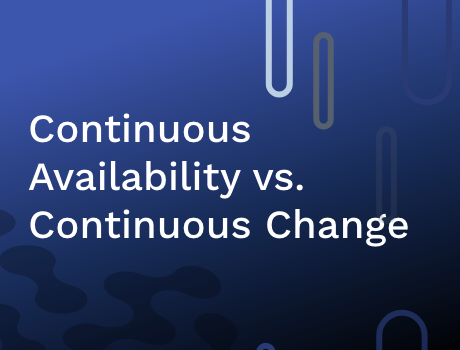Monthly Moo | April 2022
We are well into 2022 and are busy bringing new exciting features to market. Our customers continue to provide input into our product roadmap and many new features are based on this collaborative effort. A big thank you to our valued customers. Throughout the year we will continue to drive innovation and allow our customers, of all sizes, to implement the most advanced AIOps solution in the shortest time possible.



